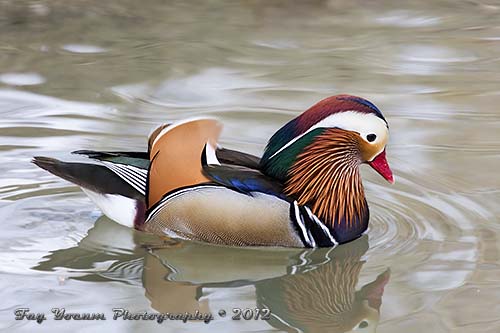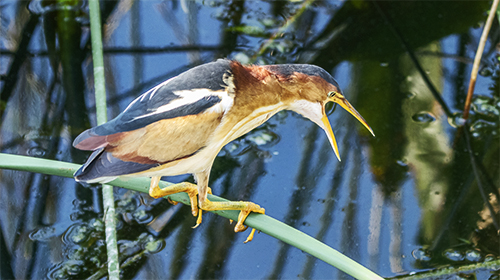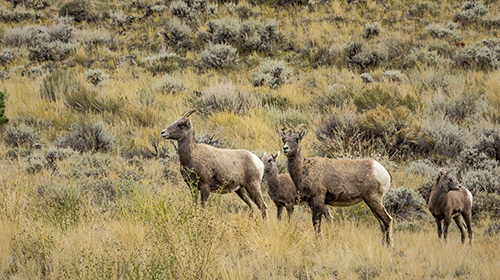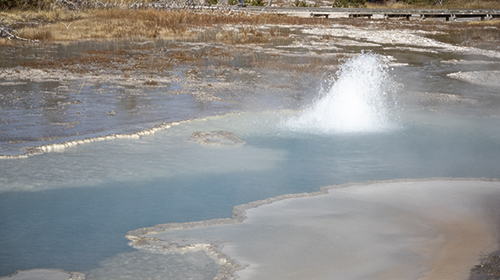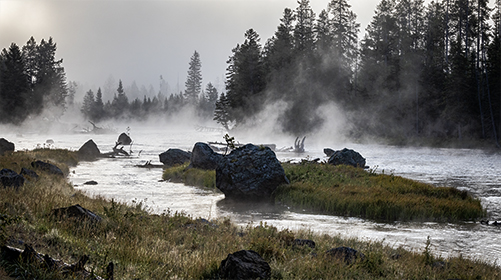Previous Nature Facts
Swallow-tailed Kite
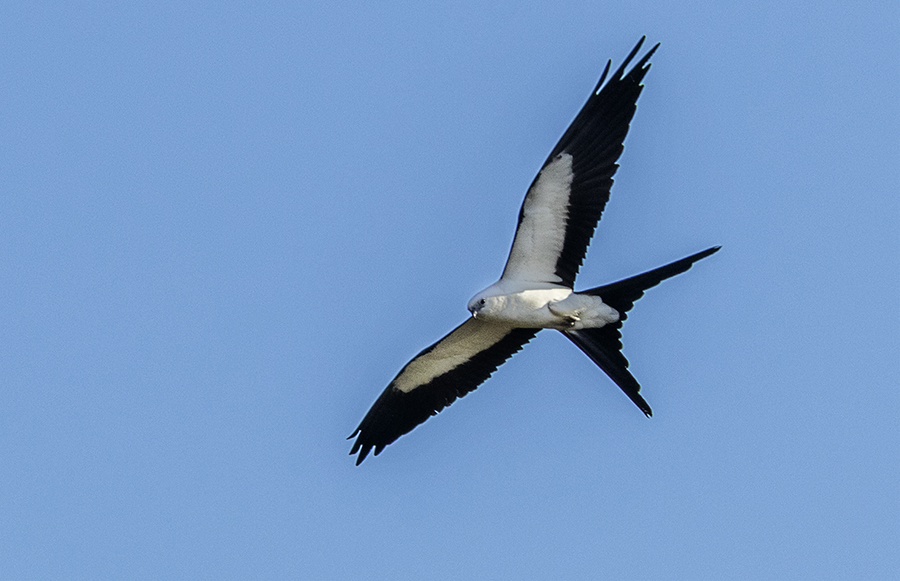
The Swallow-tailed Kite is one of multiple birds that have a forked tail. The question is this. Why do some birds have forked tails? It goes to the factors of lift and drag related to flight.
Lift is the force that directly opposes the weight of a bird or plane and holds them up in the air.
Drag is the force that opposes the relative motion of a bird or plane in the air.
The spread-out forked tails give the bird a high ratio of lift to drag—allowing for a more significant turning movement for a given drag than any other tail shape. There you have it: forktails will enable the bird to corner quicker to evade enemies or track prey.
We have been talking about lift and drag as they relate to birds. Understanding these two concepts was critical to the Wright Brothers as they worked to create powered flight. The brothers would spend the winter of 1901-02 experimenting with different sizes and shapes of wings using a wind tunnel. They worked for hours in their Dayton, Ohio bike shop. That work resulted in their 1902 glider. That glider would be the base they put a motor on. Then, on December 17, 1903, at 1035 am, Orville would pilot the first powered flight by man. He went 120 feet at an altitude of 10-15 feet. Wilbur would go 852 feet in 59 seconds on the fourth and last flight of the day. Powered flight was possible!
A few examples of other birds that have forked tails include:
- Barn Swallow
- Common Tern
- Magnificient Frigatebird
- Scissor-tailed Flycatchers
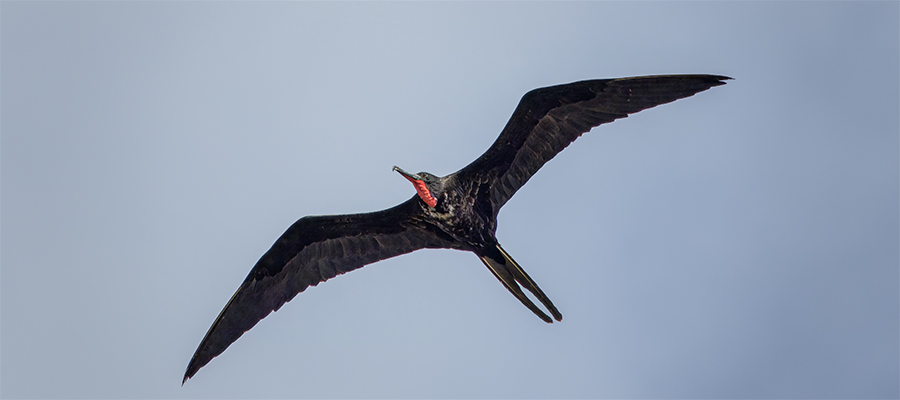
Mandarin Duck
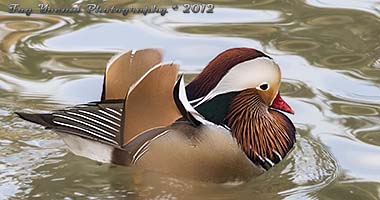
The Mandarin Duck's unique "sail" is extended upright during courtship. "Sails" are more relaxed while just swimming around. These marvelous "sails" are flattened during flight.
I took these pictures at Sylvan Heights Bird Park, Scotland Neck, North Carolina. If you are in the Raleigh, NC, area, I highly recommend traveling to the Bird Park. You will learn about birds from around the world.
The Bird Park's creator, Mike Lubbock, is the most decorated aviculturist in North America. He and his staff are credited with preventing the extinction of several waterfowl species. Click here to visit Sylvan Heights Bird Park's website.
